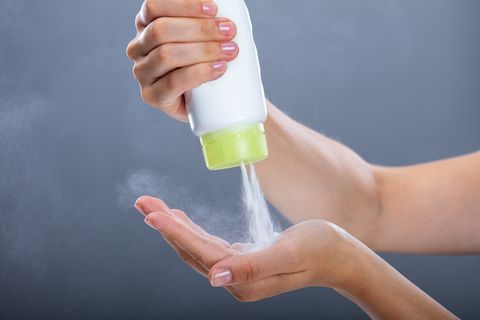Mesothelioma and Cosmetic Talc: What You Need to Know
Malignant mesothelioma is a rare cancer. It is caused from asbestos exposure, a material once widely used in construction. Recently, it has been discovered that cosmetic talc, commonly found in personal hygiene products, may also contain asbestos, leading to mesothelioma in some cases. Understanding Mesothelioma Mesothelioma primarily affects the lining of the lungs (pleura), abdomen (peritoneum), and other organs. Exposure to asbestos is the leading cause of mesothelioma, with even low levels of exposure posing a risk. Symptoms include cough, shortness of breath, chest pain, and weight loss. Diagnosis involves imaging tests and biopsies. Talc and Asbestos Contamination Talc is a mineral used in cosmetic powders and other products. Cosmetic talc may contain trace amounts of asbestos, which can be…
